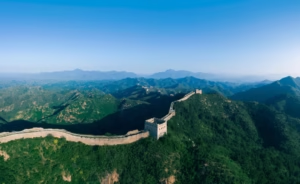World’s largest dam, which Reduced the speed of the Earth

Introduction
The Three Gorges Dam, located on the Yangtze River in Hubei Province, China, is the largest hydroelectric power station in the world by installed capacity. Constructed by the Chinese government as a symbol of modernization and industrial ambition, the dam is a feat of human engineering and an economic catalyst. However, it has also sparked global debates due to its far-reaching environmental, social, and geological impacts. It cost more than Rs 2.5 lakh crore to build this giant dam and it took a long time of 18 years to make it. This dam has slowed down the speed of the Earth.
Overview and Structural Details
The dam stretches 2,335 meters in length and rises 185 meters in height and 115 meters wide. It forms a massive reservoir approximately 600 kilometers long, with a storage capacity of 39.3 billion cubic meters of water. The dam comprises 34 turbine generators, capable of producing 22,500 megawatts (MW) of electricity—enough to supply power to tens of millions of homes and industries.
Construction began in 1994, with major structural work completed in 2006. Full-scale operation, including its advanced ship lift, was achieved by 2016. The project’s cost exceeded $30 billion, not including long-term environmental and social mitigation expenses.
Thousands of tons of Steel used
Four lakh 63 thousand tonnes of steel has been used to make Three Gorges Dam. You can erect 60 Eiffel Tower with so much steel. This dam is generating so much electricity, which can illuminate many small countries. It has the ability to generate 22,400 MW of energy.
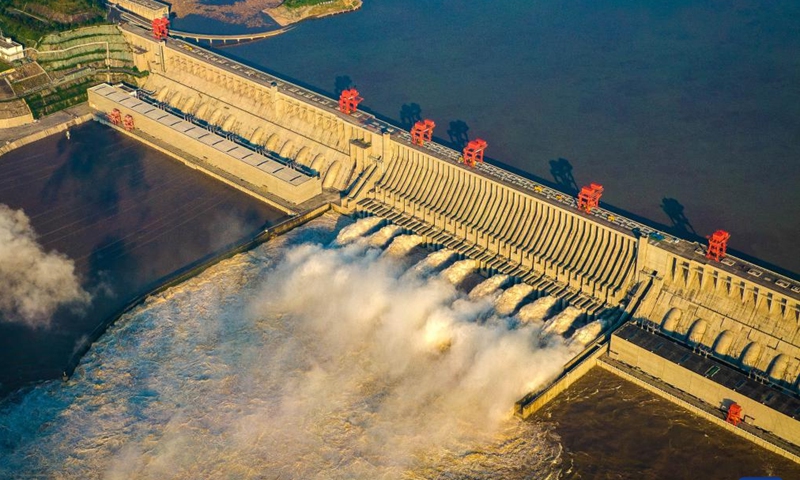
Advantages of the Three Gorges Dam
1. Renewable Energy Generation
One of the dam’s most significant advantages is its contribution to renewable energy production. By harnessing the kinetic energy of the Yangtze River, the dam generates over 100 terawatt-hours (TWh) of electricity annually. This helps reduce China’s reliance on coal-based power, mitigating greenhouse gas emissions and air pollution.
Environmental benefit: It avoids burning roughly 30 million tons of coal annually, reducing carbon dioxide, sulfur dioxide, and particulate emissions, all of which contribute to climate change and respiratory illnesses.
2. Flood Control
The Yangtze River is historically notorious for devastating floods. The 1931 flood alone is estimated to have caused over 1 million deaths. The Three Gorges Dam plays a critical role in regulating water flow and preventing similar catastrophes.
The dam’s reservoir can store excess water during heavy rains and gradually release it downstream, thereby protecting major cities like Wuhan, Yichang, and Shanghai from inundation.
3. Improved Navigation and Economic Development
The dam includes a five-level ship lock and a giant ship lift to facilitate river transport. These systems allow ships up to 10,000 tons to navigate the river more efficiently, thereby enhancing inland shipping.
This has turned upstream cities like Chongqing into major economic centers, cutting transportation costs and promoting trade. The region has experienced increased investments in logistics, tourism, and manufacturing.
4. National Pride and Technological Advancement
For China, the Three Gorges Dam represents a symbol of national achievement. It showcases the country’s ability to execute complex, large-scale infrastructure projects, reinforcing its status as a global economic and technological power.
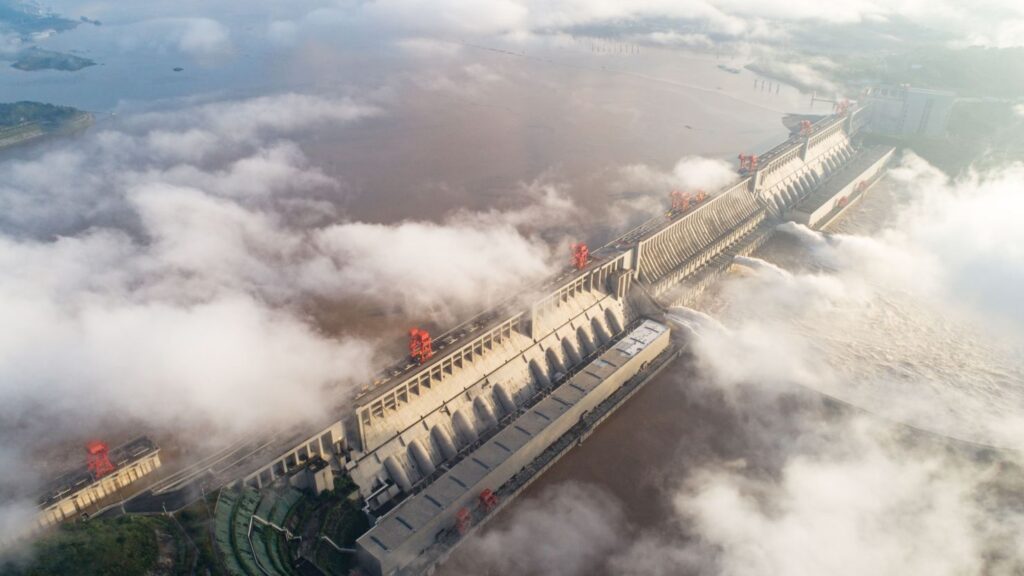
Disadvantages of the Three Gorges Dam
1. Displacement of Populations
The construction of the dam led to the relocation of over 1.3 million people from areas that were flooded by the rising reservoir. Entire villages and towns were submerged, and ancient cultural sites were lost.
Many relocated individuals faced inadequate compensation, loss of farmland, and poor living conditions. The social cost remains a major criticism of the project and a poignant reminder of the human consequences of industrial progress.
2. Environmental and Ecological Impact
The dam has significantly altered the Yangtze River ecosystem:
- Biodiversity Loss: Several species, including the Yangtze sturgeon and baiji dolphin, have seen sharp population declines. The dam has disrupted fish migration and breeding patterns.
- Sediment Disruption: The dam traps about 85% of upstream sediment, leading to downstream erosion, soil degradation, and shrinking of the Yangtze River Delta.
- Water Quality: Reduced river flow and stagnation in the reservoir have increased algal blooms and the spread of waterborne diseases.
These environmental challenges compromise long-term sustainability and have prompted calls for enhanced ecological monitoring.
https://sypertimes.com/global-warming-and-the-melting-of-antarctica/
3. Geological Instability
The immense pressure exerted by the reservoir water has raised concerns about reservoir-induced seismicity. Landslides and minor earthquakes have occurred more frequently in the region since the dam’s completion.
In 2008, a deadly landslide in Badong County was linked to changes in underground pressure and saturation caused by the dam. Experts warn that the geological sensitivity of the area could be exacerbated by continued reservoir fluctuations.
4. Cultural Heritage Loss
Several thousand archaeological and historical sites were submerged or dismantled, including ancient temples, burial sites, and sculptures. While efforts were made to relocate certain monuments, much of China’s intangible cultural heritage was lost forever under the water.
Earth’s walking speed is low
The biggest impact of this dam is on the earth. NASA scientists calculated in 2005 that the speed of the earth has slowed down due to the Three Gorges Dam. The dam’s reservoir has 42 billion tons of water, which loses its Momentum while moving the earth.
According to reports, so much water has been collected in this dam that it has also affected the inertia of the earth. Due to which the speed of the Earth’s rotation has slowed down. This has increased about 0.06 microsicands of one day. Apart from this, it is also said that due to this dam, the northern and southern poles have also slipped to 2-2 cm from their respective places .
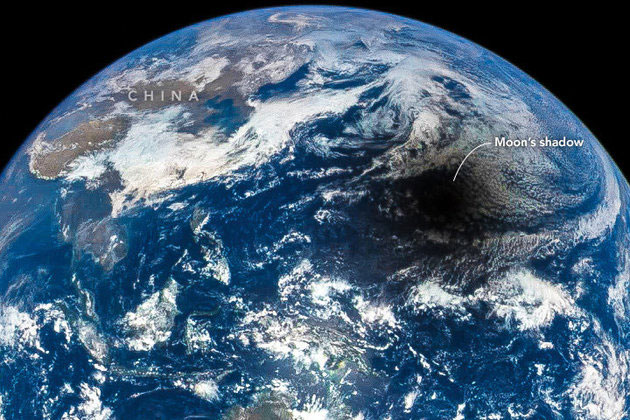
Balancing Benefits with Costs
While the Three Gorges Dam has delivered clear economic and infrastructural benefits, its social and environmental costs are undeniable. It embodies the tension between development and sustainability, raising critical questions:
- Can mega-infrastructure be truly sustainable?
- Are large hydroelectric projects viable in the face of ecological sensitivity?
- How should displaced communities be compensated and supported?
These questions resonate beyond China, influencing infrastructure policy and energy planning in developing nations around the world.
Global Lessons and Future Outlook
The Three Gorges Dam serves as a global case study for large-scale hydropower development. Nations considering similar projects can learn from China’s experience—both its successes and its shortcomings. Key takeaways include:
- Prioritize environmental impact assessments before construction.
- Engage local communities and protect their rights.
- Invest in biodiversity conservation and long-term ecological monitoring.
- Diversify energy sources to reduce reliance on high-impact solutions.
With climate change increasing the demand for renewable energy, hydropower will continue to play a role. However, future dam projects must be smaller, smarter, and more socially inclusive.
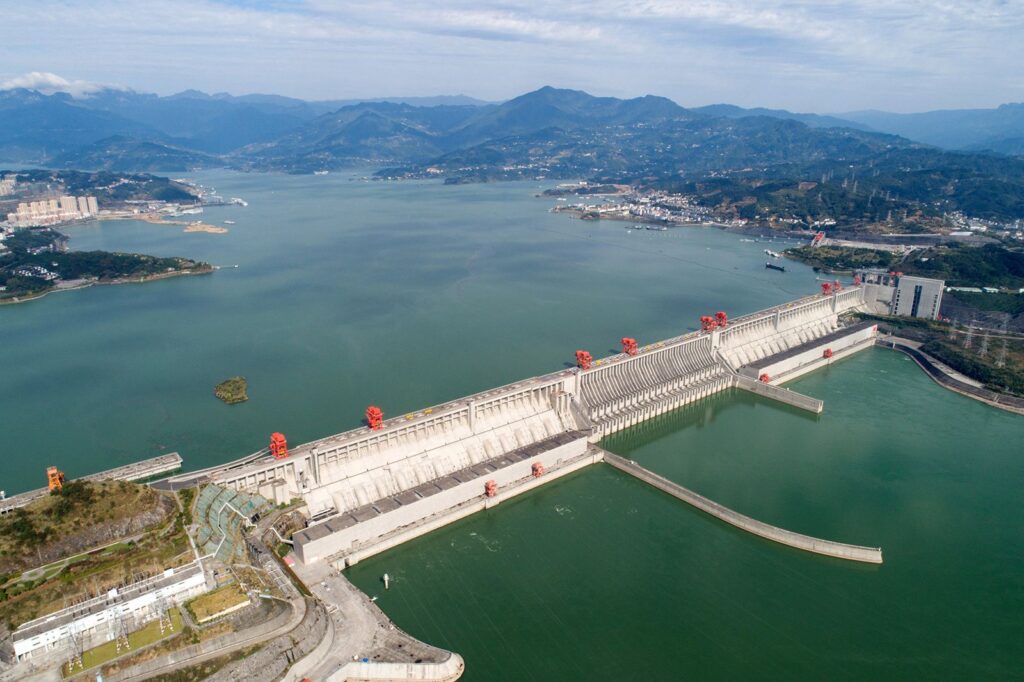
Conclusion
The Three Gorges Dam stands as a colossus of modern engineering, a source of national pride and practical benefits for China. It provides renewable energy, flood control, and economic growth. Yet, these advantages are tempered by significant ecological disruption, human displacement, and cultural loss.



